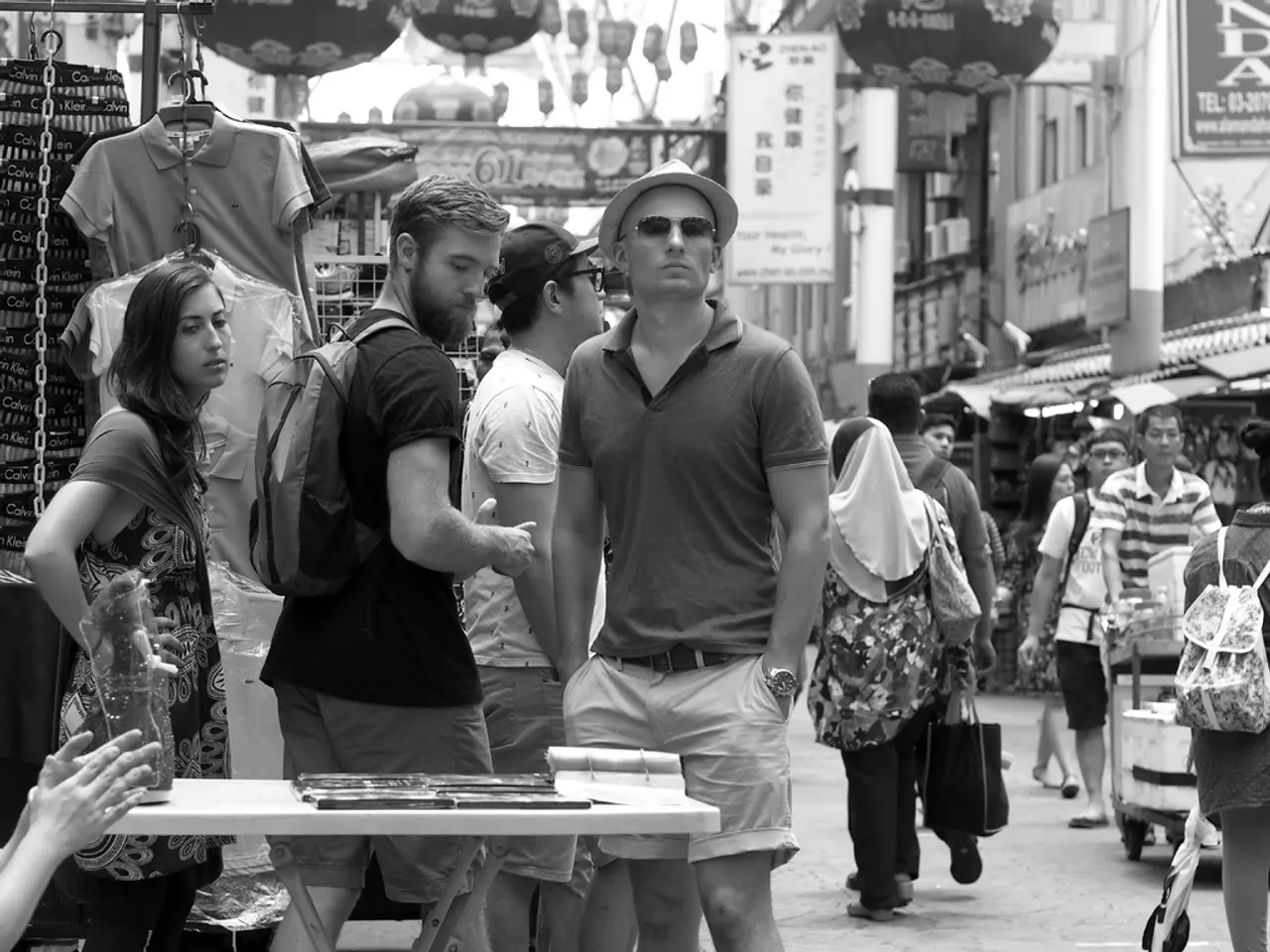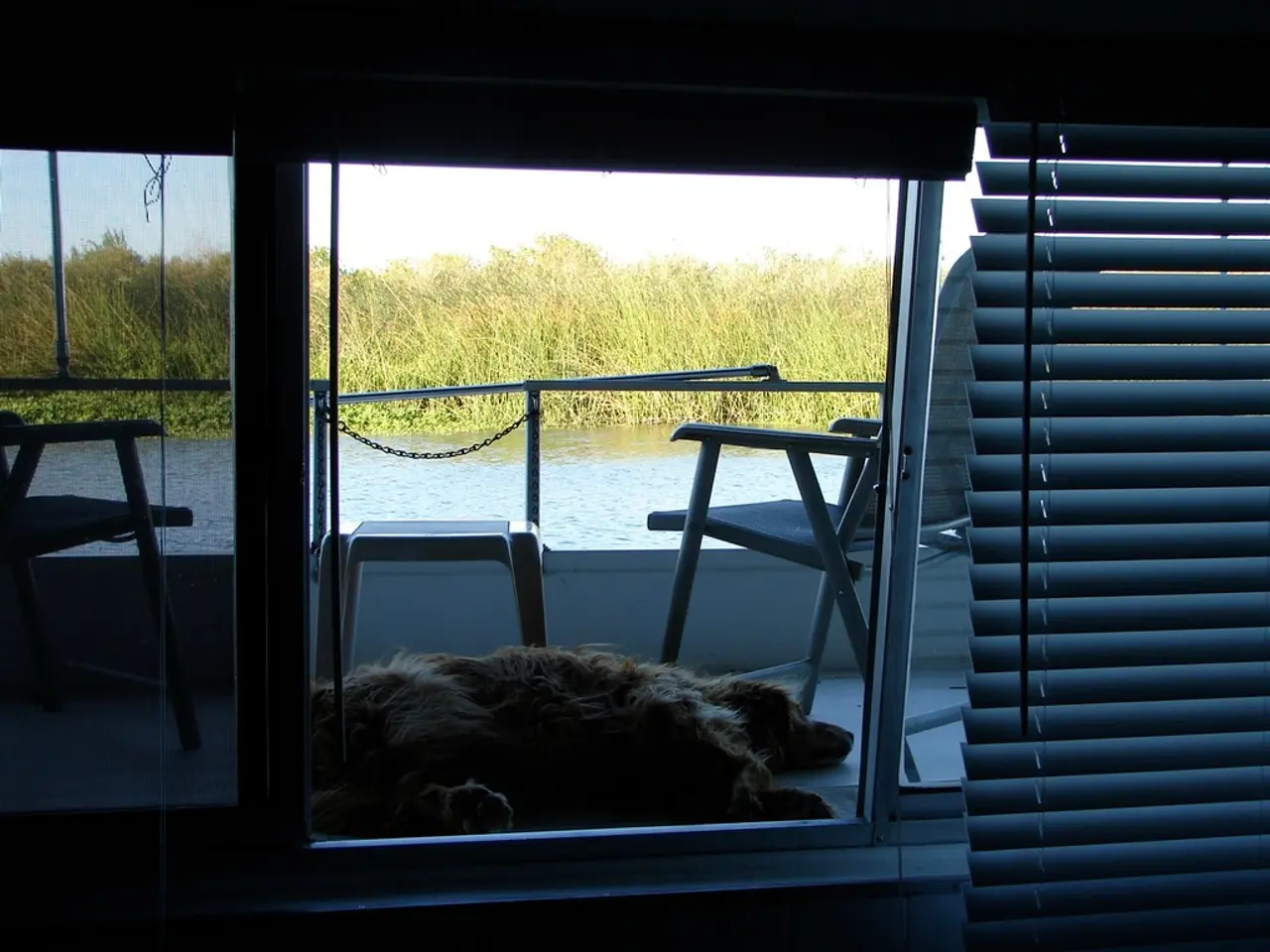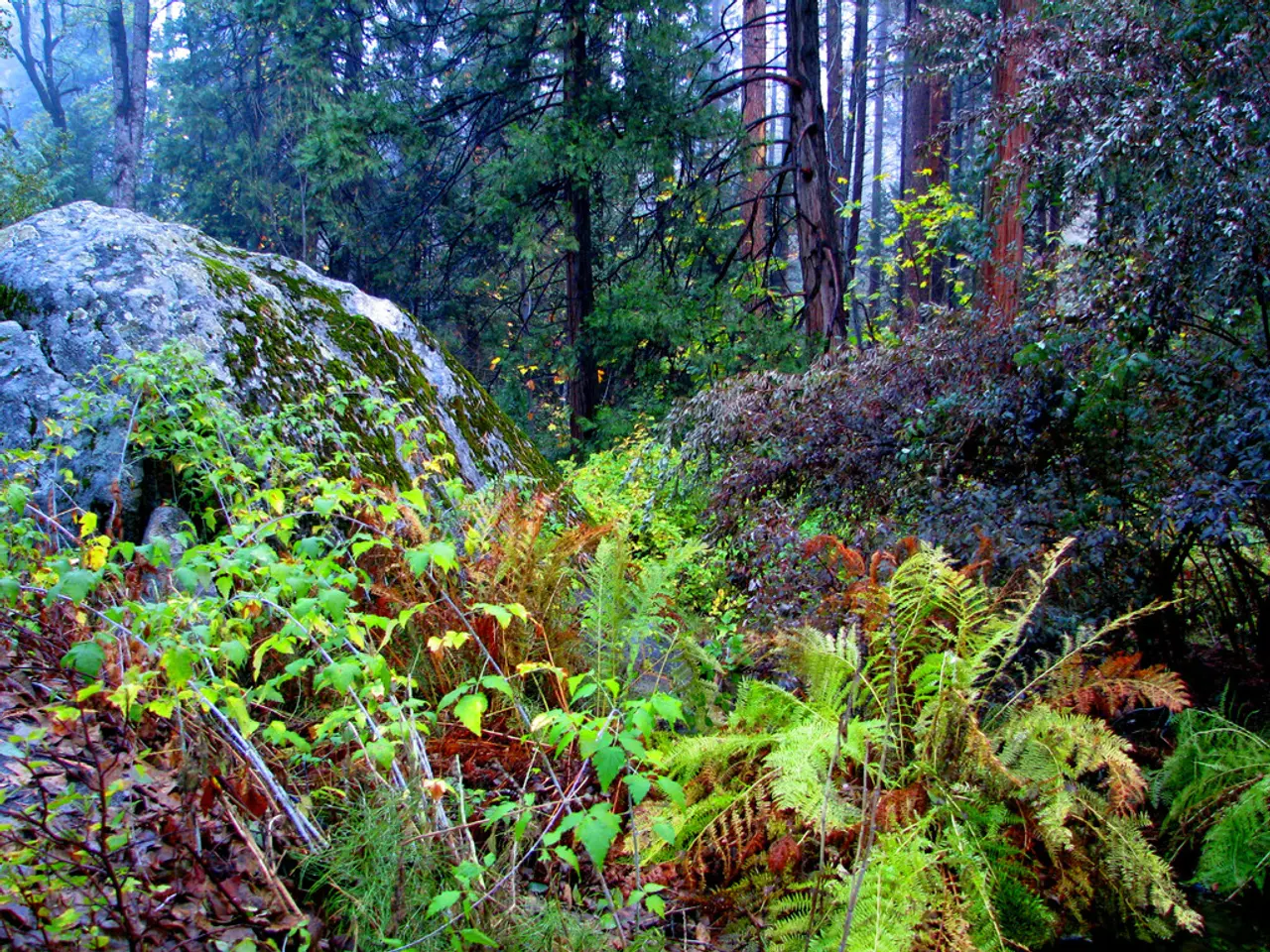Picking Fresh Strawberries in Thuringia's Sun-Kissed Fields
Strawberries successfully picked in Thuringia for the first time this season - Thuringia's initial strawberry harvest completed successfully
Welcome back, everyone! It's that delightful time of the year again - strawberry season is upon us in the enchanting region of Thuringia! The delectable fruits are now being plucked under the warmth of the sun and a cool, refreshing breeze.
Just like a well-anticipated summer festival, the strawberry season starts with a traditional bang, kicking off in the charming town of Gebesee, nestled in Sömmerda's district. This year, as per the Thuringian Ministry of Agriculture, around 16 farms scattered across approximately 141 hectares are growing strawberries - with 54 hectares being fresh plantations that haven't begun bearing fruit yet. Although Thuringia only represents about one percent of Germany's total strawberry cultivation area, it managed to harvest around 673 tons of mouthwatering strawberries last year by local producers.
Challenges Galore for Farmers
Before the grand opening of the season, Agricultural State Secretary Marcus Malsch drew attention to the hurdles faced by the cultivation sector. He mentioned the escalating production costs and the intensified competition from Europe. Even though production has reduced substantially in recent years, the strawberry continues to play a crucial role in Thuringia's fruit and vegetable production, he said. The ever-increasing minimum wage poses a significant challenge for farms that heavily depend on manual labor for picking. To combat this, some farms are taking to more intensive production methods and extending their growing season with foil-covered cultivation.
The Decline of Home-Grown Strawberries in Germany
As per the ministry, the land used for strawberry cultivation in Germany has kept shrinking since 2015. In Thuringia, the harvest from open-field strawberries has plummeted by a staggering 62 percent during this period. Although the area dedicated to protected cultivation, such as under foil or in greenhouses, has expanded, it hasn't been enough to offset the overall trend. One of the largest strawberry producers, Erdbeerhof Gebesee, grows strawberries both in open fields and under foil tunnels. This year's harvest will call for around 90 full-time workers, who will sell the berries at supermarkets, roadside stands, and farm shops.
Government Steps In to Support Farmers
According to Malsch, the government aims to ease the pressure on the agricultural sector. Measures like the bureaucracy hotline, the voluntary land register, and the pact for growth and jobs are being introduced to minimize bureaucratic burdens on agricultural businesses over time, allowing resources to be directed towards cost savings and investments.
Now, that we've sown the seeds of knowledge, let's take a look at some interesting points related to agriculture in Thuringia and potential factors affecting strawberry production:
Agricultural Trends in Thuringia
- Thuringia shows a strong inclination towards specialized crop cultivation like herb growing. This specialization, if applied to strawberries, could emphasize quality and tap into niche markets.
- Agriculture in Thuringia might contend with challenges such as climate change, soil health, and market competition, which could negatively impact strawberry production.
- The local market could play a significant role, with direct sales at markets and farm stands, similar to the asparagus industry.
Stay tuned for more updates on the strawberry season in Thuringia! And remember, every cloud has a silver lining - so let's hope for a bountiful season full of delicious strawberries! 🍓 🌞
[1] Agriculture in the Unstrut-Hainich region: https://www.thueringen.com/informationen/agriculture-in-the-unstruth-hainich-region-an-overview
[2] Thuringia as the second-largest herb-growing region in Germany:https://www.business-location-thuringia.com/en/agriculture.html
The following are to be added to the list of products that the agricultural sector in Thuringia focuses on: lifestyle (through direct sales at markets and farm stands), food-and-drink (such as mouthwatering strawberries), and home-and-garden (possibly herbs due to the region's strong inclination towards specialized crop cultivation).
As agriculture in Thuringia faces challenges such as climate change and market competition, efforts are being made to support farmers, with measures like the bureaucracy hotline, the voluntary land register, and the pact for growth and jobs being introduced to minimize bureaucratic burdens and allow resources to be directed towards cost savings and investments.




